The folks you'd expect to complain about radio frequency are at it again, but don't listen to them — Bluetooth and Wi-Fi on the Apple Vision Pro aren't going to cook your brain.
We've said this before, over and over, time and again. Radio frequency (RF) radiation is not the same as ionizing radiation generated by decay of radioactive isotopes, and from the sun itself. In short, RF lacks the energy that ionizing radiation has to break chemical bonds, ionize atoms, and damage DNA.
We're going to spell it out simply: Apple Vision Pro is not radioactive, nor is anything in it radiologically decaying in any meaningful way.
What it has, is radio frequency transmitters in the form of very low power Wi-Fi and Bluetooth chips in the device. They both broadcast and receive RF radiation.
The word "radiation" sounds scary, if you don't know anything about it. It's also easy to bandy about with no basis in fact on social media or YouTube to rile up your like-minded followers.
Extremely high levels of RF radiation many magnitudes higher than what Apple Vision Pro can deliver can heat tissue — which you practically see in a microwave interior — and can cause tissue damage. But, these levels aren't reachable by the public using Wi-Fi, Bluetooth, or wireless technologies.
The only people who need to be worried about high radio frequency power exposure are generally workers in extremely close proximity to a very powerful transmitter, like climbers of a cellular antenna or military radar workers.
Apple Vision Pro users don't have to be concerned about RF. Here's why.
AppleInsider, why are you qualified to say this?
We can talk about this because I've had a great deal of practical training and experience in limiting radiation exposure. In the US Submarine fleet, one of my jobs was ionizing radiation exposure measurement, control, and assessment.
As part of that training, both in the start and end of my career, I had training on not just that, but monitoring of and exposure control from radio frequency broadcasts from high-power transmitters.
Beyond that, since nearly everything Apple makes since the original AirPort products were launched have some kind of radio transmitter, as a publication we've talked to many, many doctors about it. Beyond the doctors, I've been speaking to actual authorities on the subject with a background in radiation physics for over 25 years.
And, what the World Health Organization has to say about it is clear and easy to read. Here's the takeaway:
Considering the very low exposure levels and research results collected to date, there is no convincing scientific evidence that the weak RF signals from base stations and wireless networks cause adverse health effects.
This has been repeated guidance from the WHO for years, and is renewed periodically. It was most recently updated with the same conclusion in late 2023.
The US Food and Drug Administration has been running studies for 25 years on the topic. The FDA points out that there have been some studies showing minor effects from the devices, but they aren't reproducible.
Both the FDA and WHO note that given the profoundly low levels of energy involved, it is nearly impossible to eliminate other causes producing the biological effects in the studies that did find an effect.
Since the advent of Wi-Fi and Bluetooth, there has not been a statistically higher incidence of cancers attributable to anything other than better diagnostic techniques. Paradoxically, this is in part because of radio frequency-based detection methods which are leading to earlier diagnoses, and better resolutions.
But that still doesn't seem like enough for some. Unlike last time around, this time since a segment of the internet is on its nonsense again, we are going to delve into a basic physics lesson about time, distance, and shielding of RF wavelengths as it pertains to Apple Vision Pro.
Strap in.
What are time, distance, shielding, and how are they relevant?
For any given source of exposure, the severity of exposure in any aspect is controllable by the time you spend exposed to something, how far away you are from something, and what's protecting you from that exposure and how effective it is.
Time is easy. The less time you spend in proximity to a source, the less exposure you get to that source.
Distance is a little more complicated. In the case of radio frequency exposure from a point-source, something called the inverse-square law applies. In short, the intensity of the exposure is inversely proportional to the square of the distance from that object.
Practically, this means that the exposure to radio frequency power at a given distance of r is quartered at distance 2r. This operates on a very small scale, as well as a large one.
For the scientific among us, as it pertains to the "point source" term up above — there is also something called a "line source." However, for the purposes of very small broadcasters like in Apple Vision Pro, or distance from a 5G transmitters, the line source math isn't relevant, and can effectively be ignored.
If you have a 5G iPhone, you've already seen the effects of shielding. You probably have excellent 5G outside, and terrible speeds indoors — this is because the higher frequency of the 5G spectrum is shielded very effectively by the thinnest of construction materials, where the lower frequencies are not.
For most of the Wi-Fi and Bluetooth on Apple Vision Pro, though, shielding doesn't matter that much. What matters is the extremely low broadcast power, the directionality of the transmitters in Apple Vision Pro, and the distance from the user.
How is tissue damage measured for radio sources?
Specific Absorption Rate, or SAR, is a measure of the rate at which the body absorbs RF energy. A SAR of 1 watt per kilogram would increase the temperature of an insulated slab of tissue by one degree Celsius per hour of exposure at that wattage and does not account for the loss of that temperature increase from any other factor.
Semi-related, beyond cooling happening in a human body through conduction via blood and other adjacent tissue, there's also no consideration given to the healing of a system after exposure. Studies on single-celled life screaming about RF damage to those eukaryotes or prokaryotes are not the same as the results you get after exposure to an interconnected system of multiple cells that heal when damaged.
Unlike a trio of ionizing radiation measurement methods, SAR is a measure of that heat and not an absolute measure of damage. Generated heat is what can theoretically cause damage from RF exposure, but the measurement — and how it is measured and regulated — is controversial.
Legal SAR limits are not even close to the point where damage starts. Legal limits have a gigantic safety margin, and are set much lower than the point in which radio frequency exposure might cause damage. And, there are different legal and safe limits for extremity, head, and whole body exposure for most forms of radiation, RF, or ionizing.
And, radio frequency exposure isn't cumulative like ionizing radiation damage. When the heating effect induced by RF is gone, assuming the flesh isn't damaged by the heat, the clock on that damage is effectively reset.
How does SAR apply to Apple Vision Pro?
For Apple Vision Pro, Apple, by law, has made the standard testing results available. Limits vary, with SAR limits set to 1.6 watts per kilogram when averaged over one gram of tissue, and 2.0 watts per kilogram over 10 grams of tissue.
The measured RF head exposure generates 0.10 watts per kilogram over one gram of ersatz tissue, and 0.08 watts per kilogram over 10 grams of tissue simulant.
There is a different extremity legal limit, which is 4 watts per kilogram over 10 grams of tissue. The limit is higher, because there's not a sensitive brain or eyes in extremities.
The measurement on a wrist using the device, tapping on the Digital Crown or action button is 2.96 watts per kilogram over the duration of the test, which is far longer than the actual button-pressing time.
None of this is the same as the drama that the French radiation testing commission induced. In 2023, they complained that the iPhone 12 exceeded legal limits for exposure.
But, they were testing strangely. They were measuring an iPhone on a desk — which broadcasts at a higher power than when iPhone (or any smartphone, from any vendor) sensors detect that it's next to a head. In short, they were equating on-contact measurement from a device a half-meter away from flesh, with what it broadcasts in close proximity to human skin.
Going back to Apple Vision Pro, Bluetooth and Wi-Fi transmissions are different than 5G in every regard. And, they aren't next to skin — they're closer to the outer glass than the skin and not by a little.
Eyeballing where the chips are in Apple Vision Pro, the Bluetooth and Wi-Fi chips (and transmitters) are about 2.5 centimeters from the skin. This is five times the distance from the skin that an iPhone antenna for 5G is, when you're holding the iPhone up to your ear.
This is the "distance" aspect of time, distance, and shielding. There is some shielding provided by the electronics, but it's not a lot in the case of Bluetooth and Wi-Fi broadcasts, so that's mostly negligible.
And time is up to the user. As with anything and everything in life, your own risk criteria apply. If you're concerned about it, don't wear it for an entire day — even though you're probably getting more RF exposure inside your car from the motor, or the electrical wires in your wall than you are from Apple Vision Pro.
You are at far more risk for developing a health condition from environmental exposure if you have a basement near a granite deposit, commute daily, get three dental x-rays a year, or fly commercially at all.
 Mike Wuerthele
Mike Wuerthele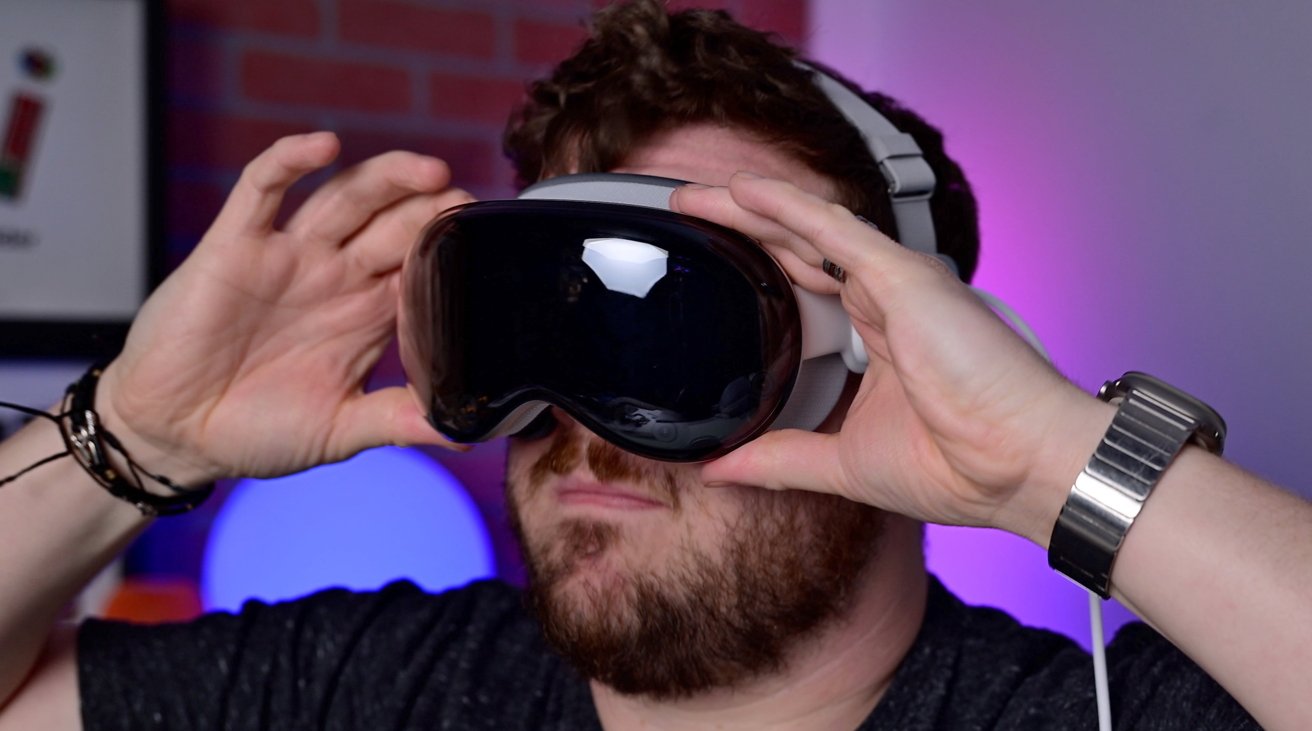
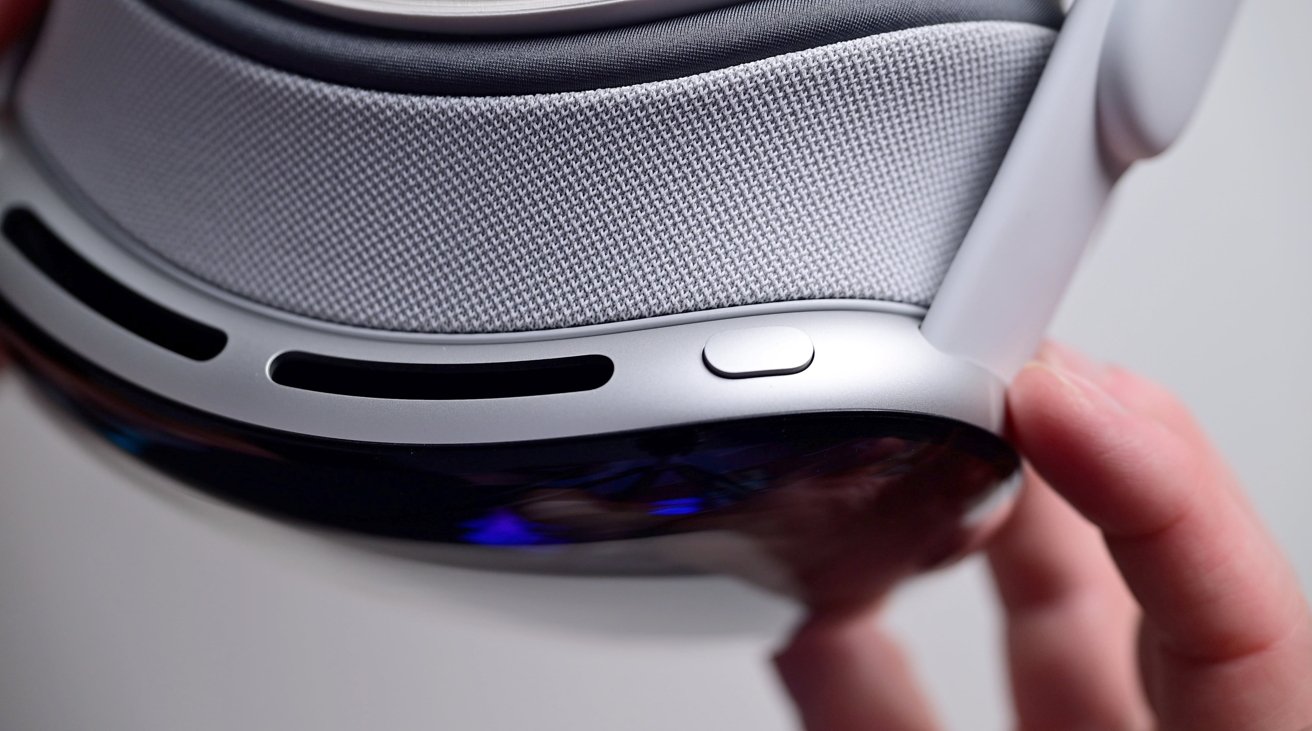
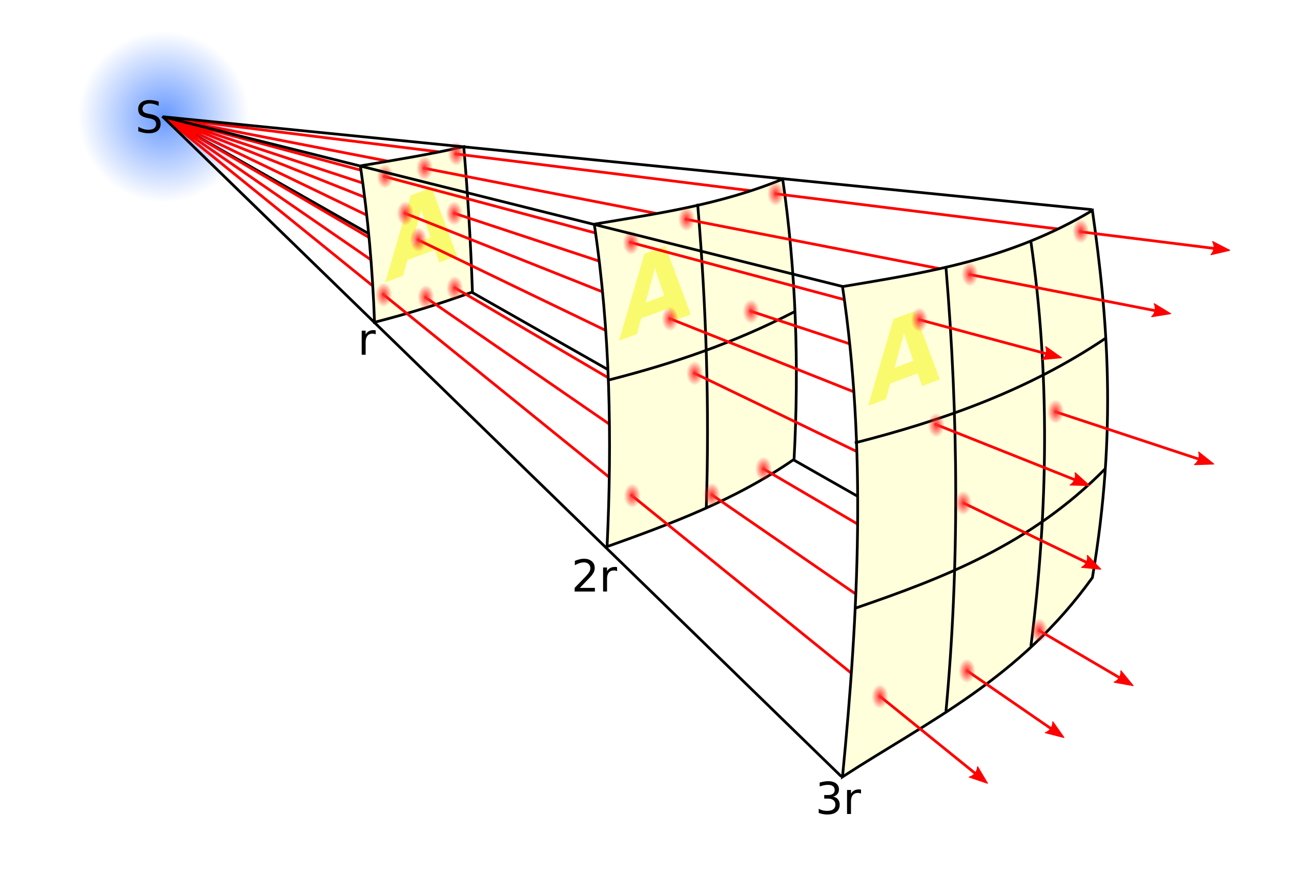
![The position of Bluetooth chips in the Apple Vision Pro [iFixit]](https://photos5.appleinsider.com/gallery/58539-119319-ifixitavpbluetoothchip-xl.jpg)
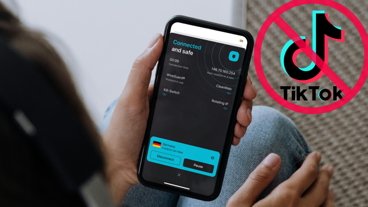

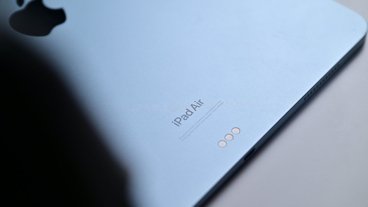
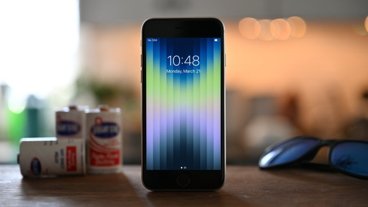
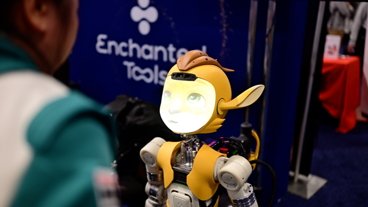
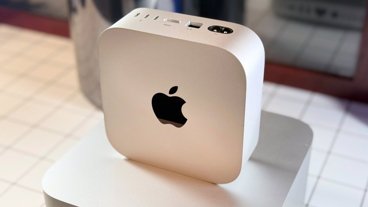

-m.jpg)






 William Gallagher
William Gallagher
 Charles Martin
Charles Martin
 Christine McKee
Christine McKee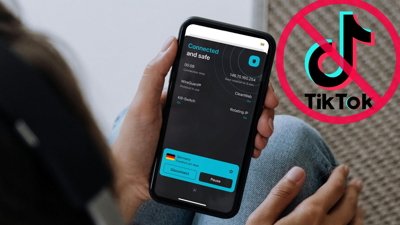
 Sponsored Content
Sponsored Content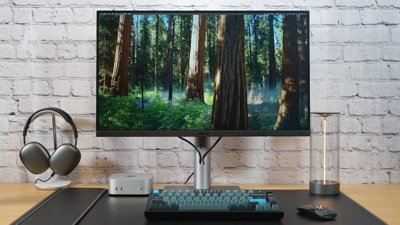
 Wesley Hilliard
Wesley Hilliard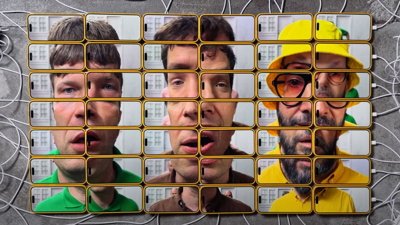
 Malcolm Owen
Malcolm Owen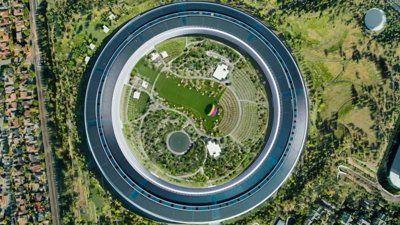

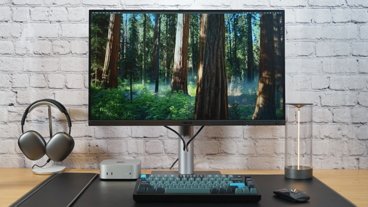

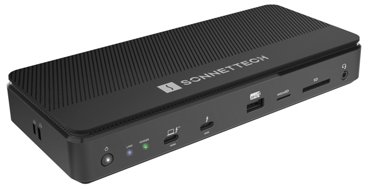


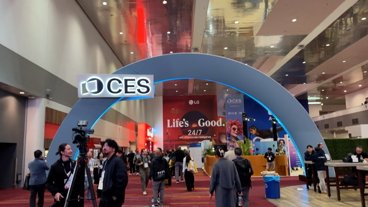
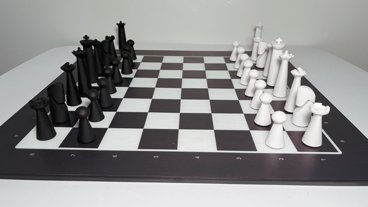


28 Comments
Of course WiFi and Bluetooth are not a problem. Only cellular radios operate at the frequencies required to cook your brain or scramble your DNA. 🤪
Very simple fix:
1) Wrap entire head with tin foil
2) Cut out nose holes from the head-foil-wrap so you can breath
3) Cut out eye holes from the head-foil-wrap so you can see
4) Cut out ear holes from the head-foil-wrap so you can hear
5) Place the Vision Pro Headset over your foil wrapped head, being careful not to damage the foil
You are now perfectly safe, but only as long as you never leave the house where you may be subjected to atmospheric electricity from gamma rays and natural radiation, or god forbid, nearby lightning. Consider investing in a whole-body Faraday cage or fabricate one yourself by locating an ESD bag around the size of a sleeping bag. Crawl on in but poke holes in the bag so you will not suffocate. What you do about the sweating is entirely up to you. You are now ready for a full immersion.
JFC, why does this still need to be addressed on tech forums?
I’m inclined to be suspicious when blog posts claim that there absolutely, definitively is no problem at all with something that by its nature is very complex.
There may be no causal evidence for any such issues, there may be good evidence to the contrary, but to be so certain invites ridicule.